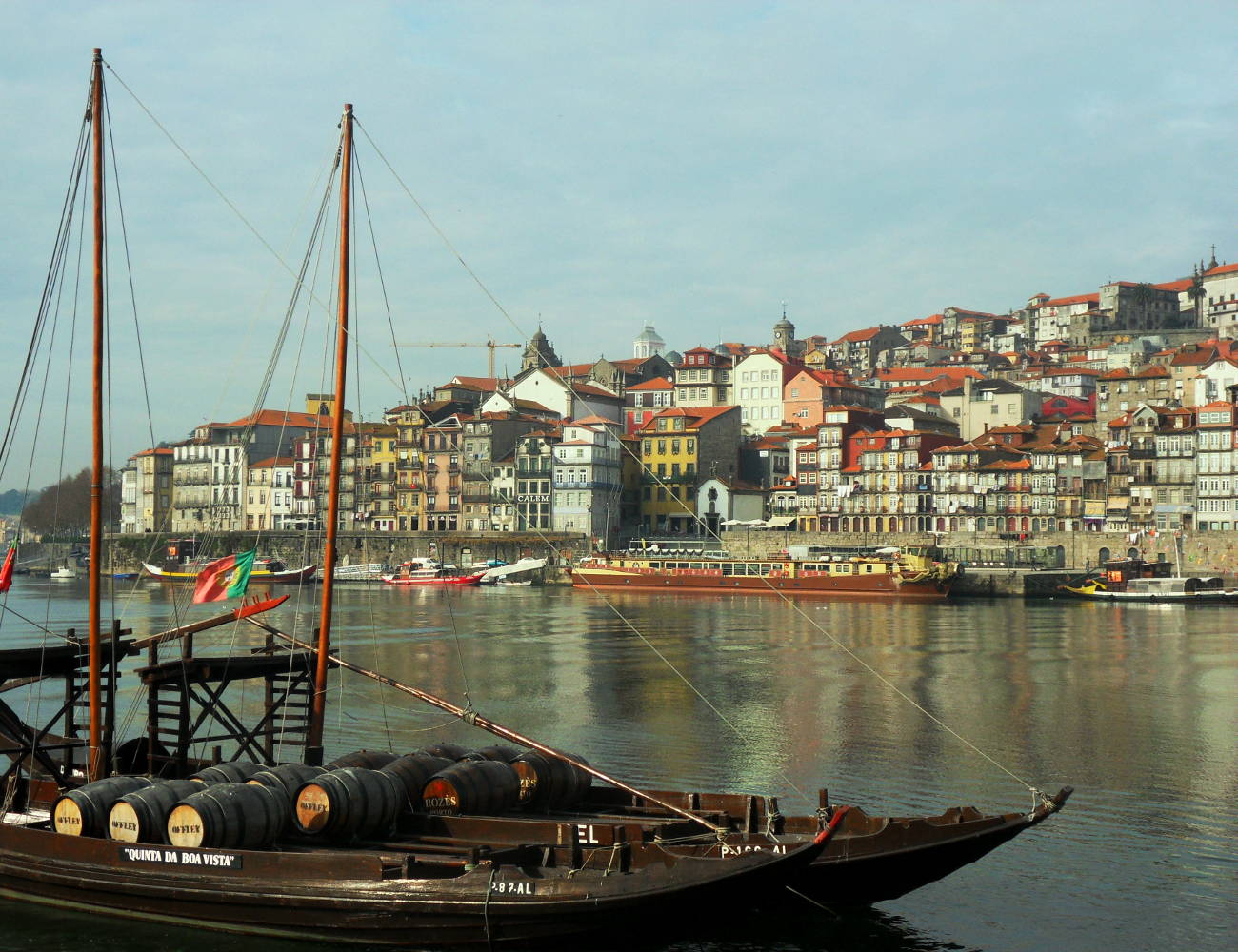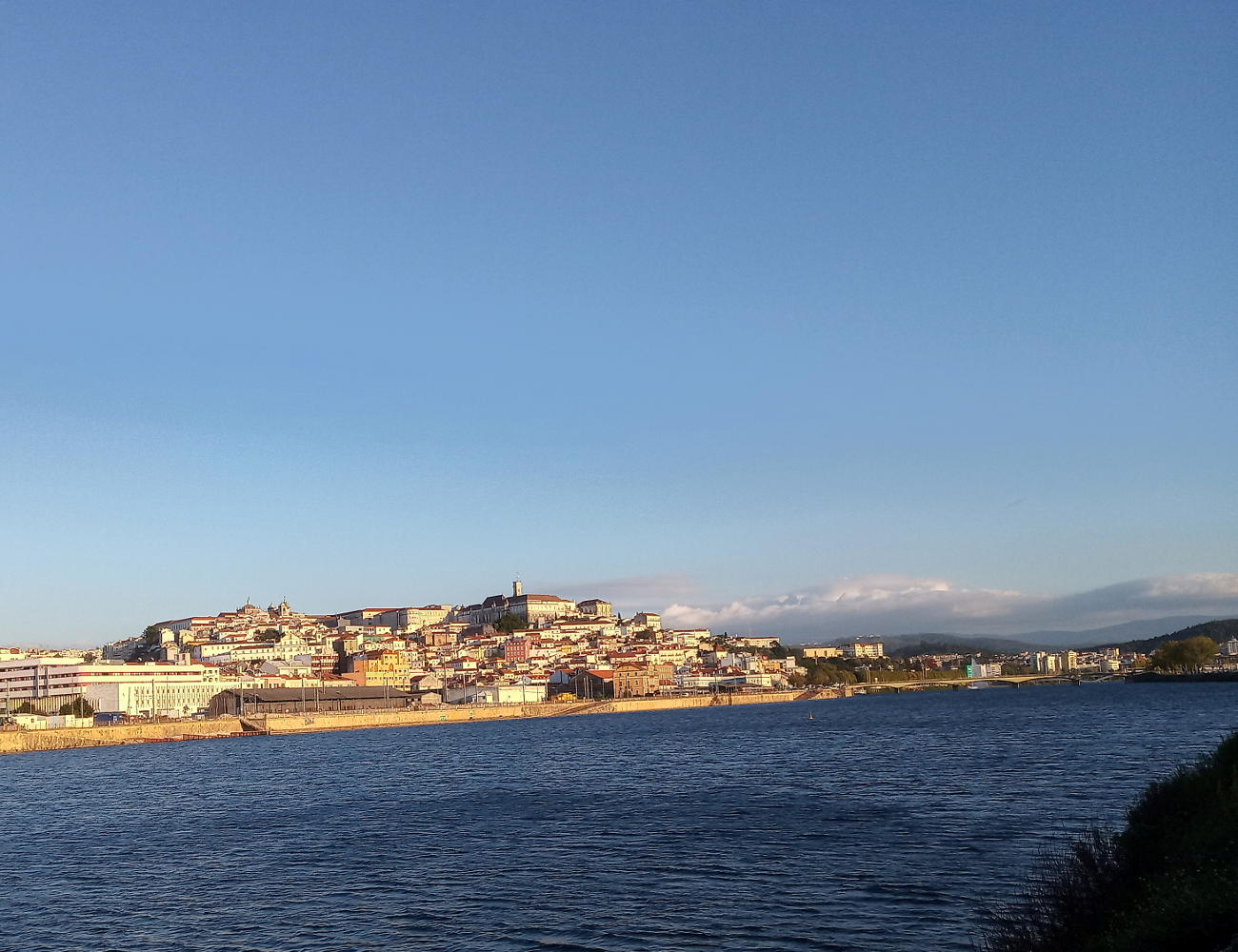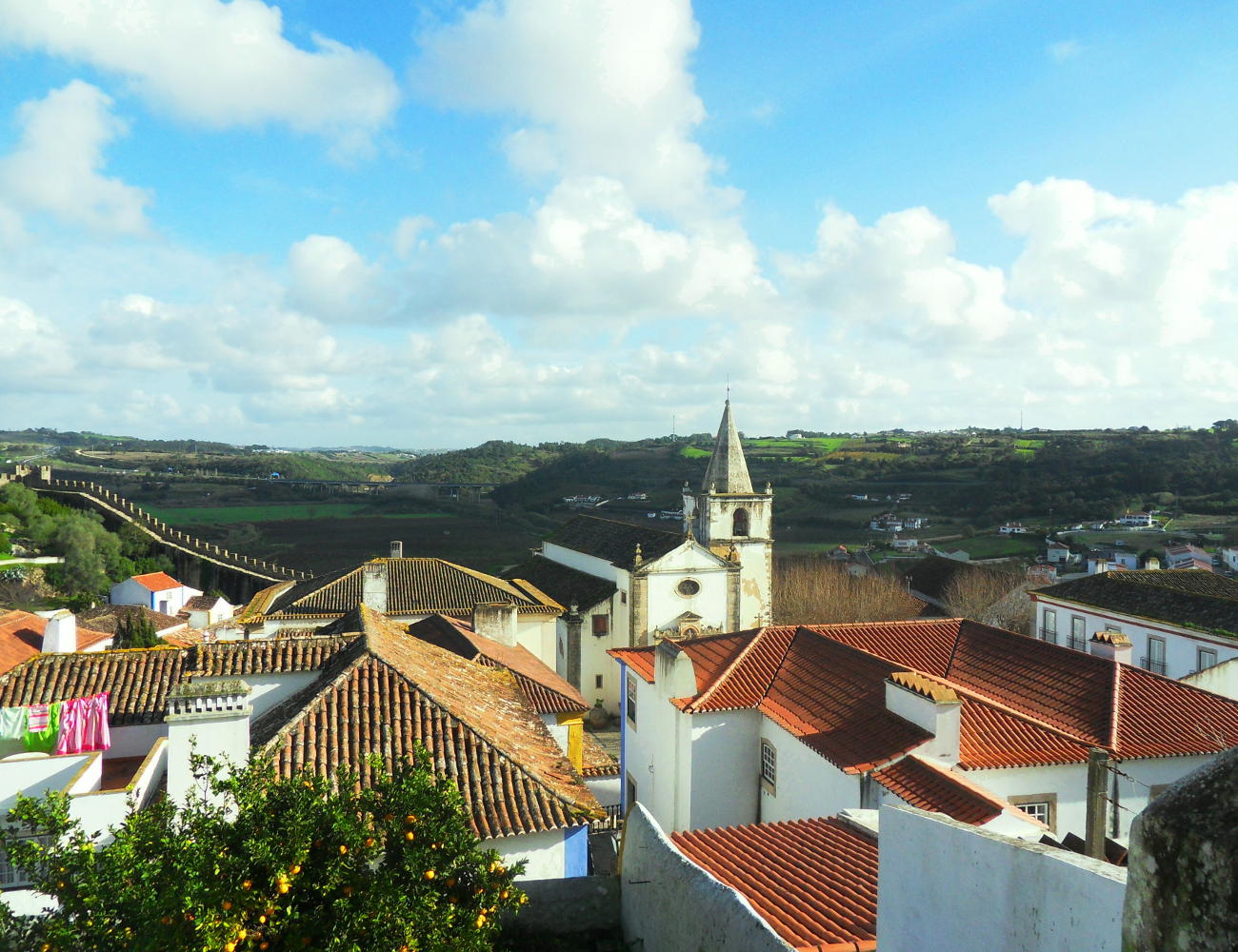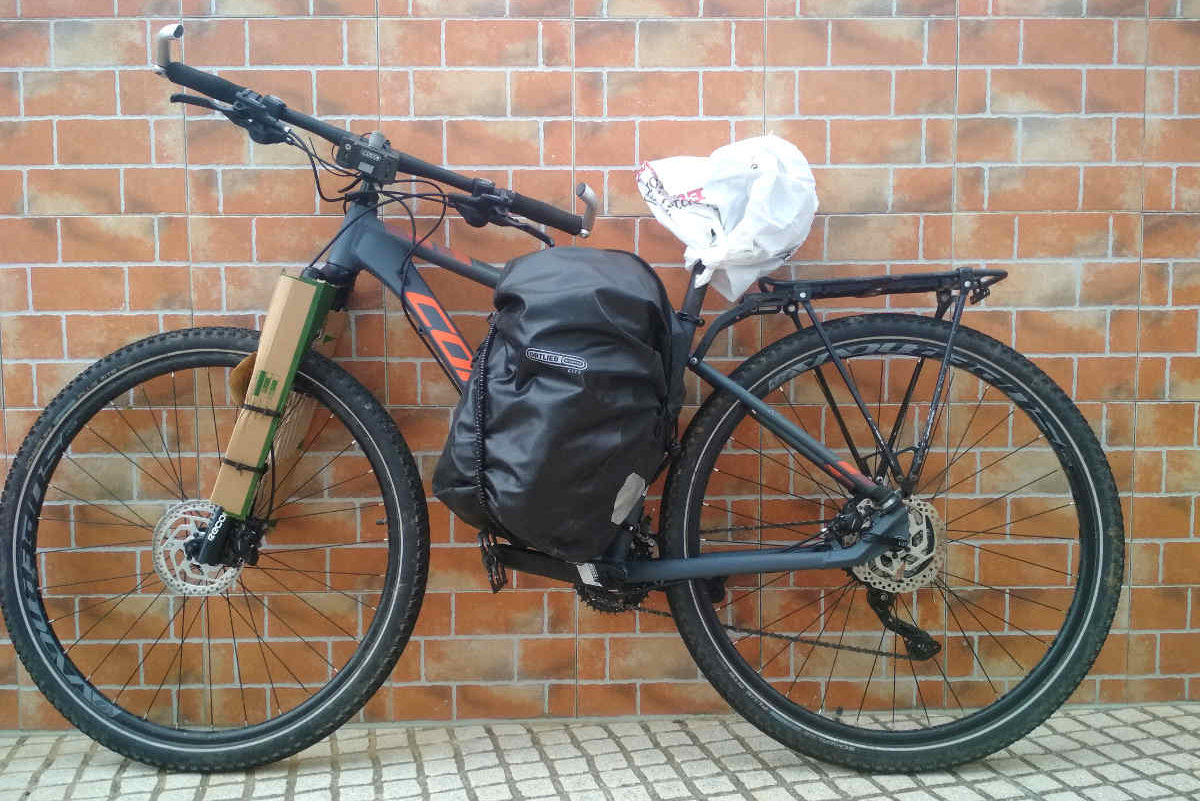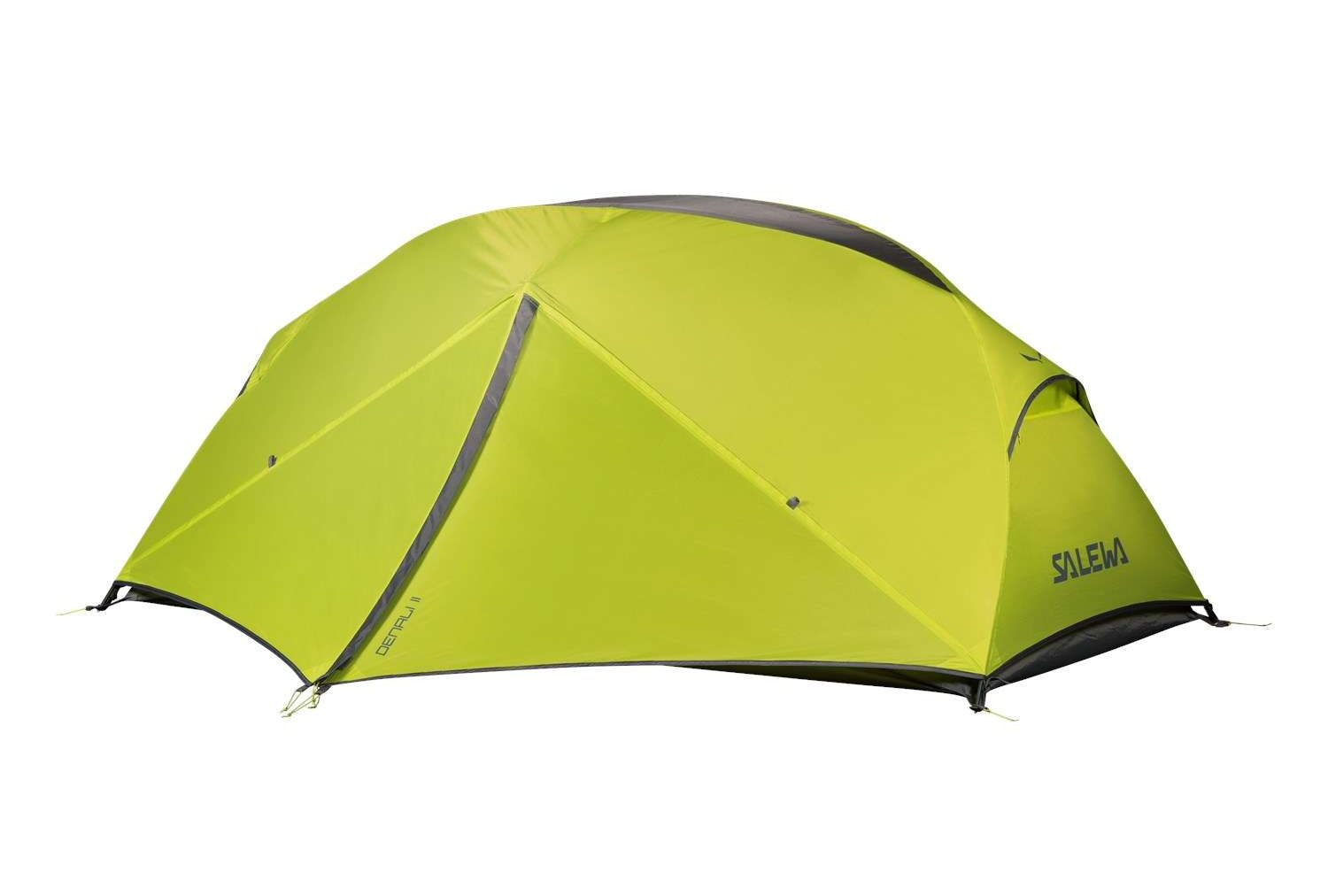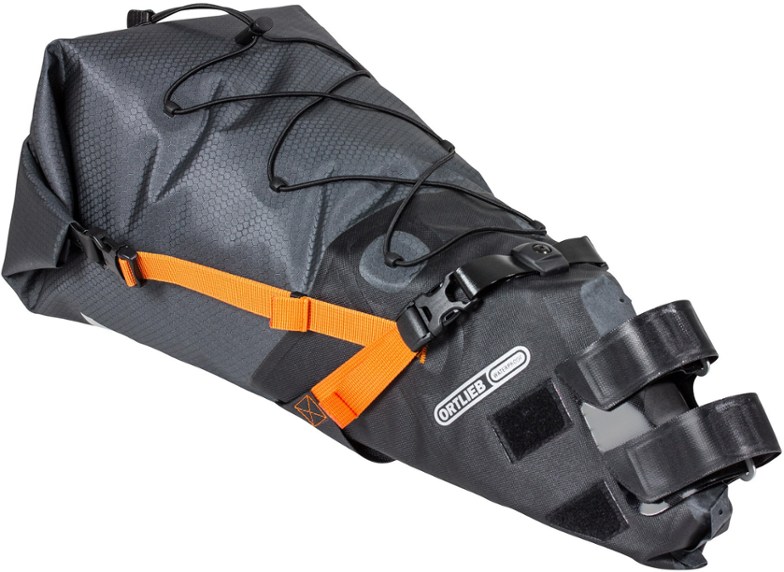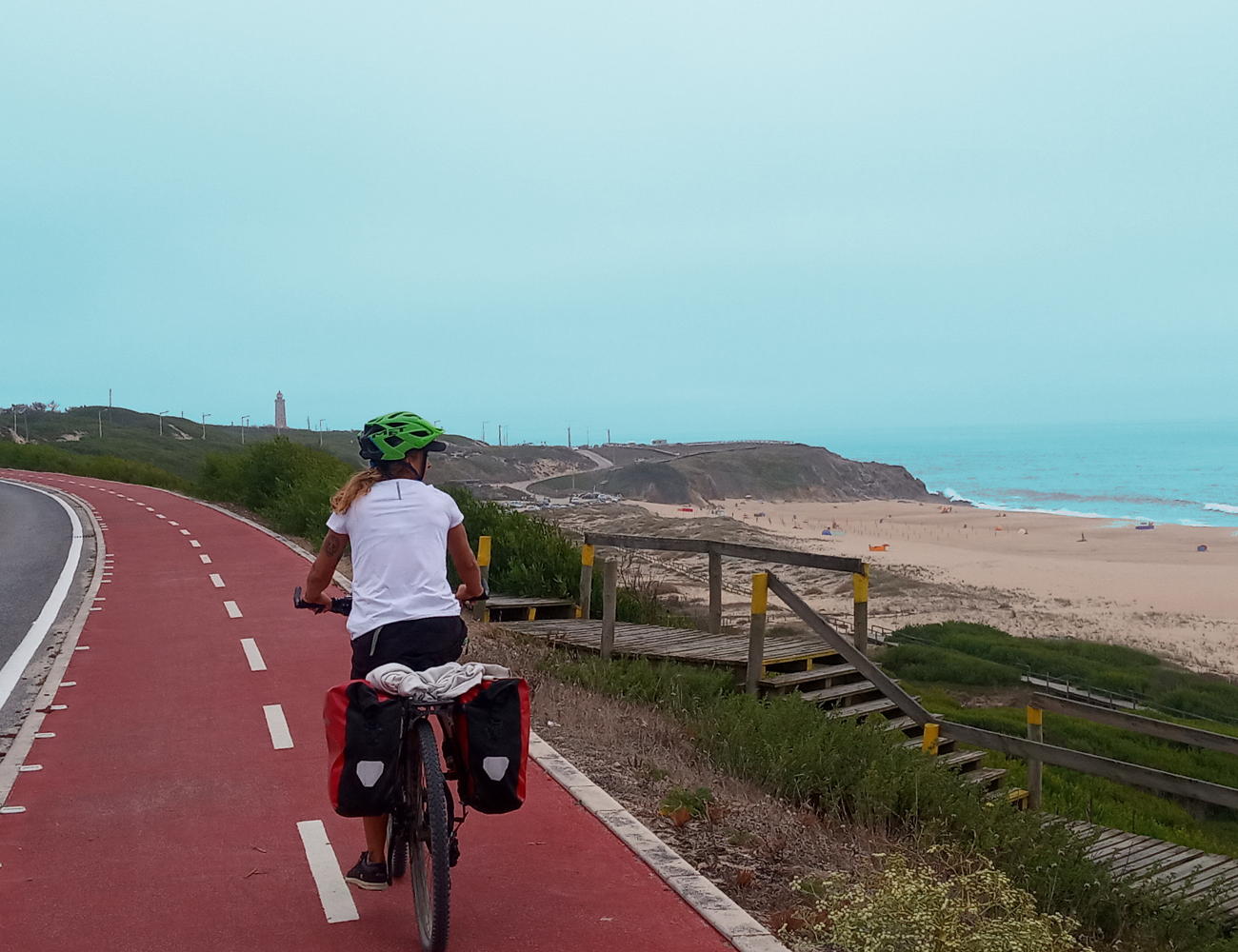Central Portugal
From Porto to Lisbon
Costa da Prata
The section between Porto and Lisbon offers the richest cultural heritage along the Portuguese coast. Forests, lagoons, extended sand dunes and beaches meet some of Portugal’s main cities and port towns. Aveiro, Figueira da Foz, and especially Coimbra (a bit land inwards) impress with their historic city centers, but also with vibrant modern life. As the wind usually blows in the same direction, we recommend going with tailwind from North to South.
Over the iconic bridge Dom Luis I, we leave Porto along the river Delta. Several coastal towns border the long sandy beaches south of Porto. On totally flat terrain, we head to the large lagoon of Aveiro. The wetlands are a true bird paradise, competing with local fishermen for the numerous clams and crabs in the brackish water of the lagoon. Around the lagoon of Praia de Mira, the route becomes a bit more hilly. In the elegant port town Figueira da Foz, we have to choose if we do the extra mile to Coimbra, which is the cultural highlight along the route. This is flat through the river valley of Rio Mondego, but can still be challenging winds.
Following the coast, seaside towns line up: always separated by a more or less steep ridge. Sao Pedro de Moel, with a massive lighthouse, Nazare, the big wave surfer paradise, the calm bay of Sao Martinho do Porto and the pretty beach of Foz do Orelho at the lagoon of Obidos.
Athe lagoon, we can choose to follow around the lagoon to Peniche, where we find the Surfer Coast, or we head inland to the famous castle town of Obidos.
The stretch from Porto to Figueira de Foz is entirely flat, featuring a well-maintained cycling lane nearly the entire route until Aveiro. Aveiro can be reached along the coast, accessible via a ferry from Sao Jacinto to the port of Aveiro, or alternatively through inland routes passing through the wetlands. Both options offer cycling lanes and bike friendly roads. The inland route, though longer, offers a more scenic experience, while the other route mainly runs parallel to the main road.
Please note that as of 2024/25, the bridge crossing Rio Mondego in Figueira de Foz is under construction. Crossing is allowed, but scary with the heavy traffic on the narrow bridge. Alternatively, cyclists can use another bridge a few kilometers up the river (EuroVelo 1) or opt for a free-of-charge ferry at the port of Figueira de Foz (first departure at 11 am).
Upon departing from Figueira and Nazaré, the route becomes more hilly and primarily follows tranquil side roads. For those heading towards Obidos, the route remains on asphalt and easy paths throughout. However, as the journey progresses towards Lisbon, the coastal route presents a different terrain. Many cyclists from Porto choose to conclude their trip in Obidos, as the route gradually becomes more physically demanding and the roads busier.
For the coastal route, we recommend our
Travel MTB, E-Travel MTB or Gravel Bikes
The journey from Porto to Obidos offers flexibility in bike choices, accommodating various terrains and routes. Whether cyclists prefer the coastal path or the Central Way of the Camino Santiago via Fátima and Tomar, any bike can handle the journey. The route boasts excellent asphalt roads, which may particularly please road biking enthusiasts compared to other coastal sections.
For riders uncertain about bike selection, gravel bikes are recommended, especially for those traveling solely between Porto and Obidos. These bikes handle well on asphalt and are suitable for the occasional unpaved sections and wooden planks along the route. However, if you plan to continue towards Sintra and Lisbon, mountain bikes may be a more suitable choice to navigate diverse terrains.
We got agreements with drop off partners in Caldas de Rainha and Alcobaca and can collect from Obidos on request
find more details bout one way rentals…
Costa Vicentina boasts a mild maritime climate, offering favorable biking conditions almost year-round. The best time for bike travelers is spring and autumn, from April to June and September to October. These months offer pleasant temperatures averaging 20-30°C, ideal for exploring the rugged coastline and countryside. Summer, though warmer, sees temperatures up to 37°C, attracting more tourists but still suitable for biking. Winter can be wet and cooler, better suited for those who enjoy fewer crowds and are prepared for occasional rain.
The wind along Costa Vicentina tends to be pretty strong, mainly coming from the northwest. When biking south along the coast, you’ll often catch a helpful tailwind. But keep in mind, especially in winter, these winds can get pretty forceful, impacting your ride. Knowing which way the wind blows is essential for a smoother biking trip along this beautiful coastline.
Rental Bikes

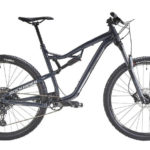
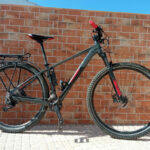
Gravel Bikes Full Suspension Travel MTB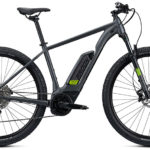

Travel E-MTB Men Travel E-MTB Woman

